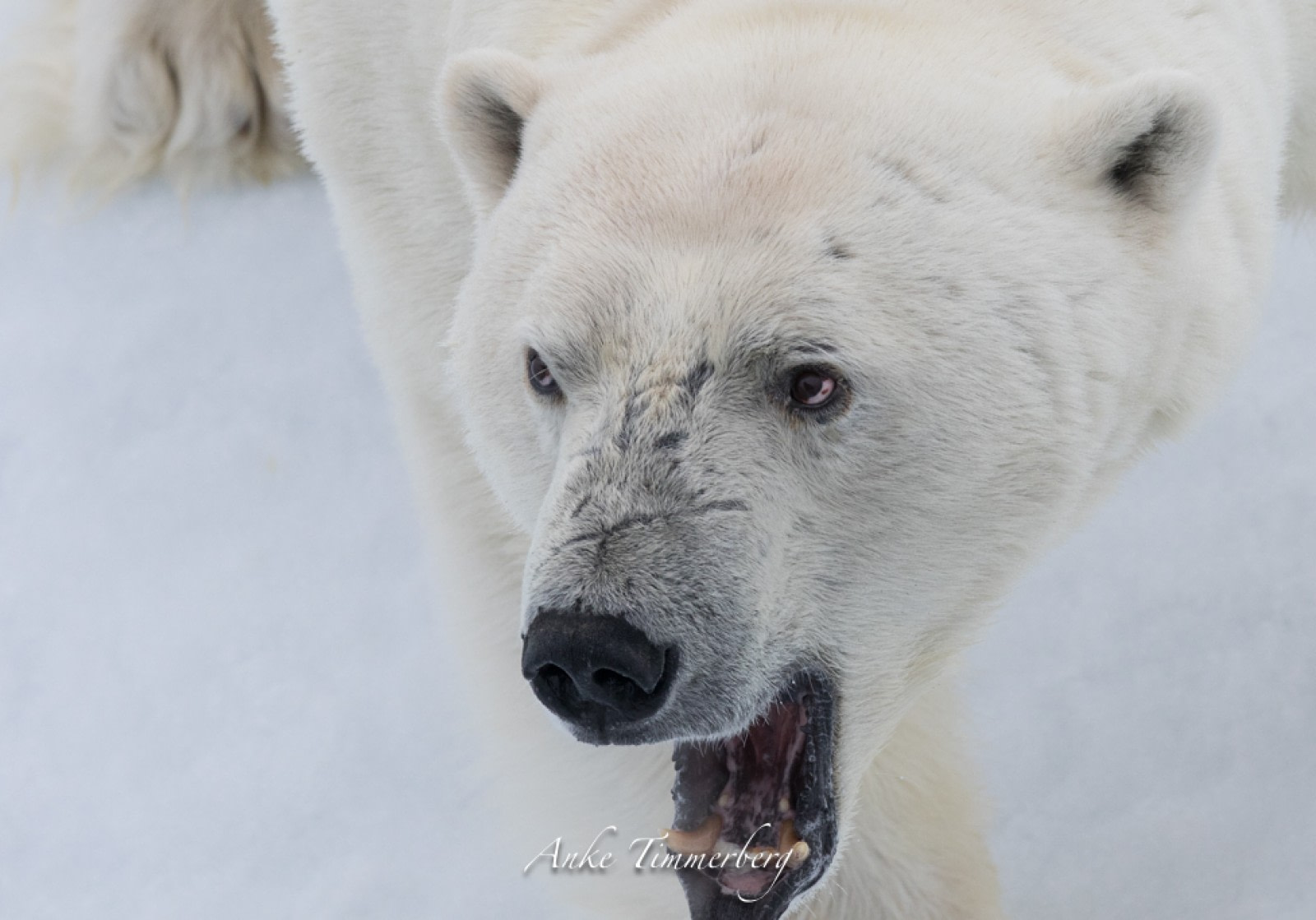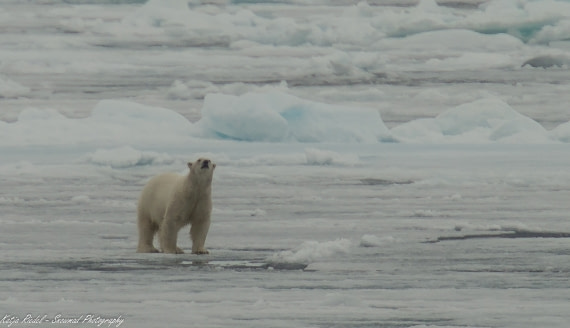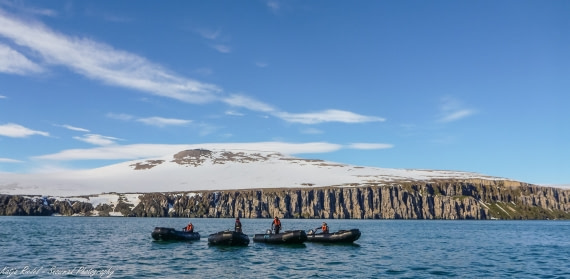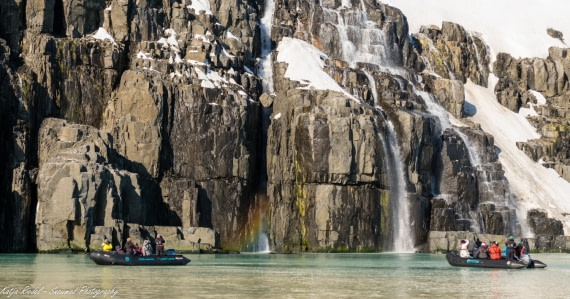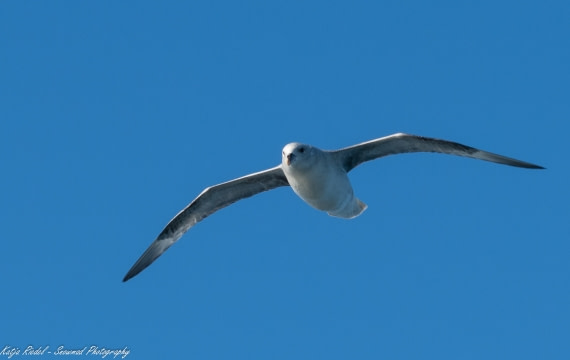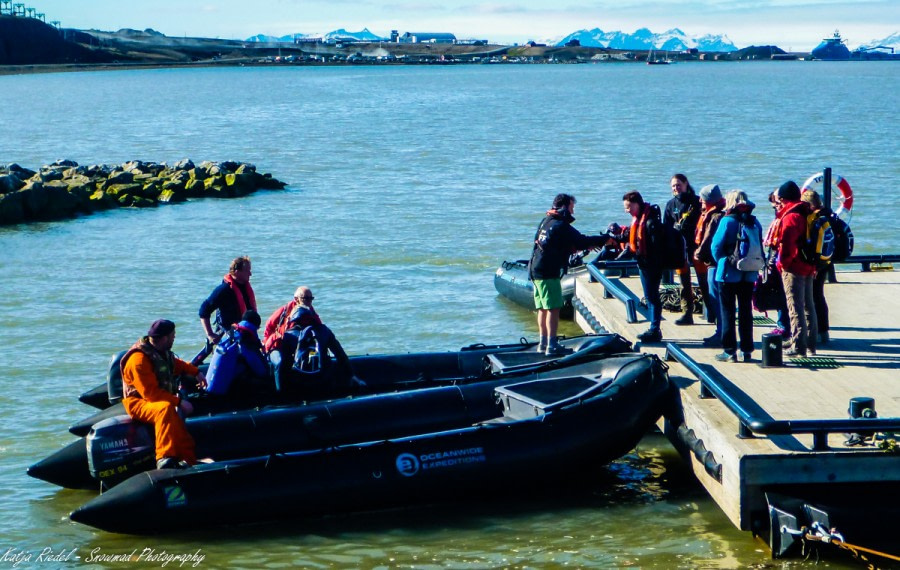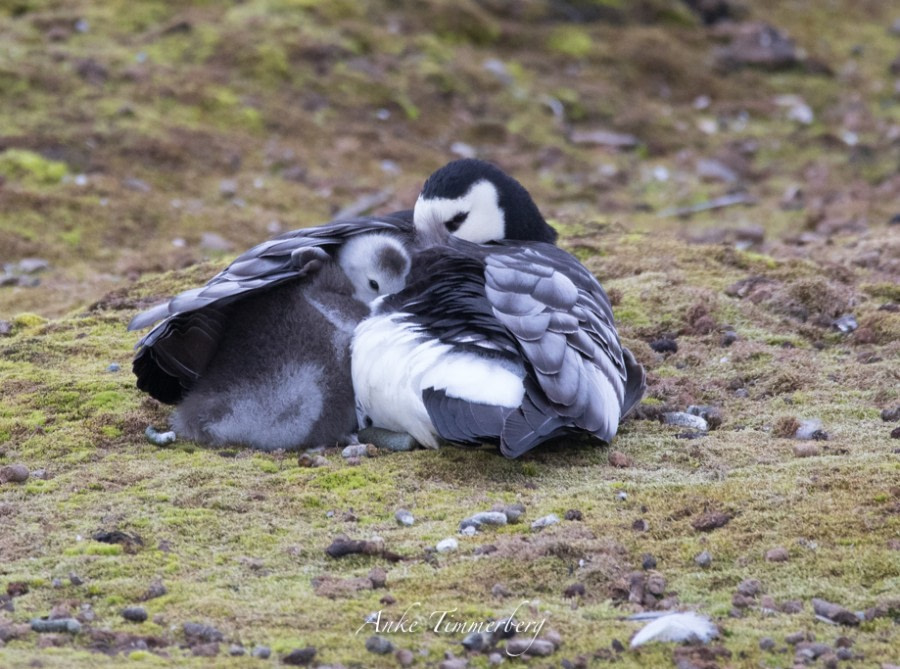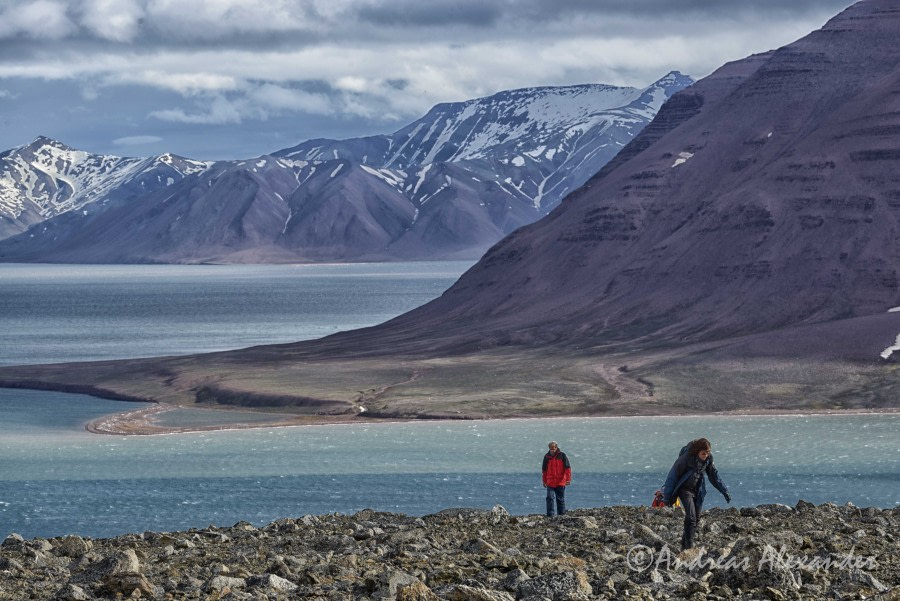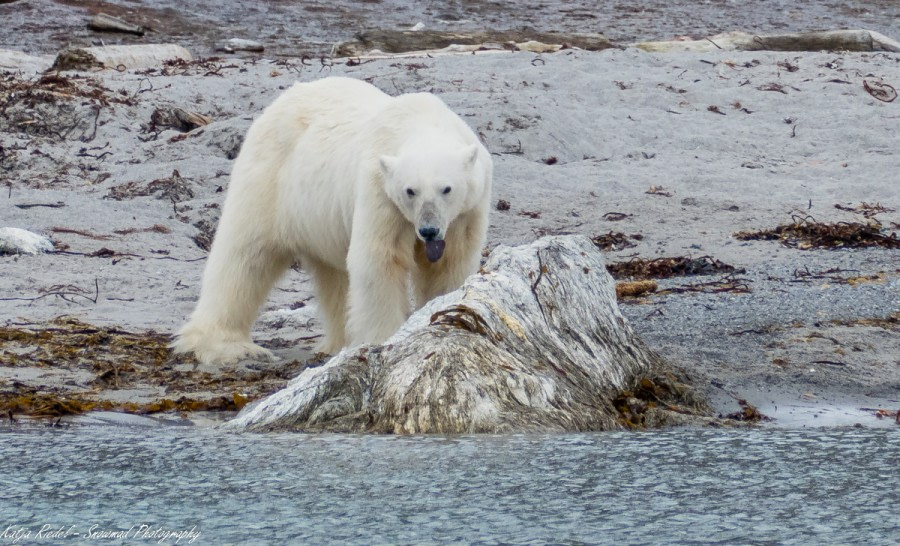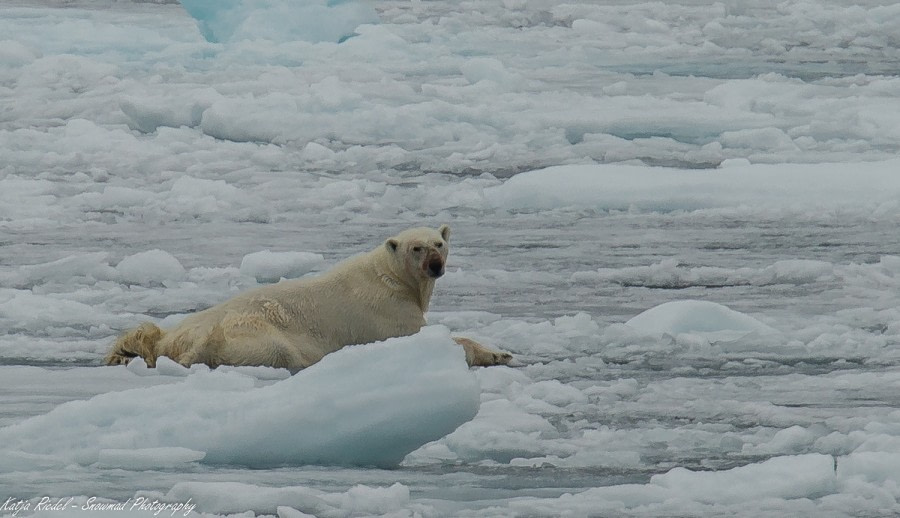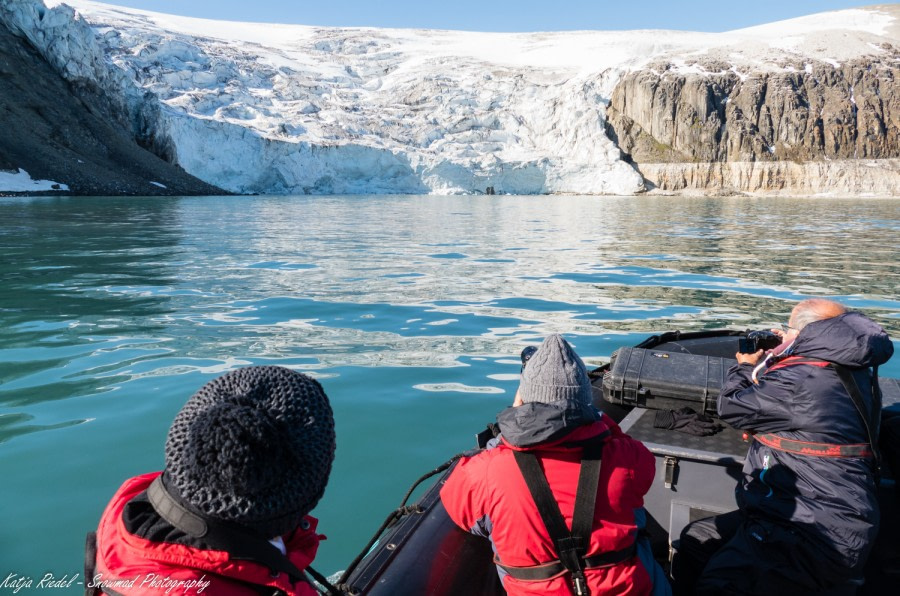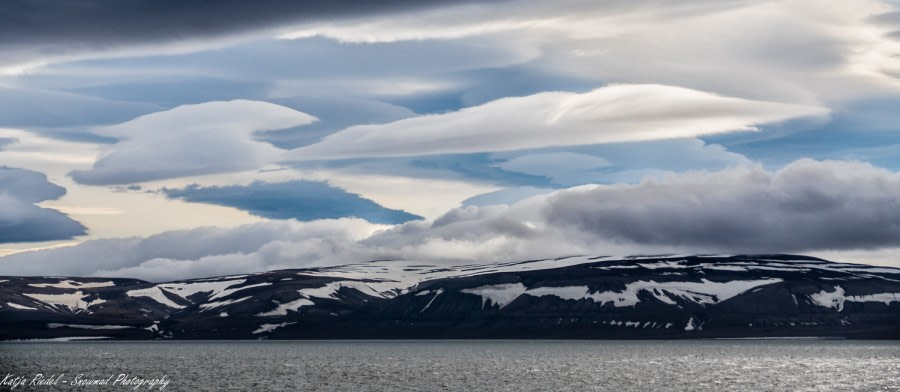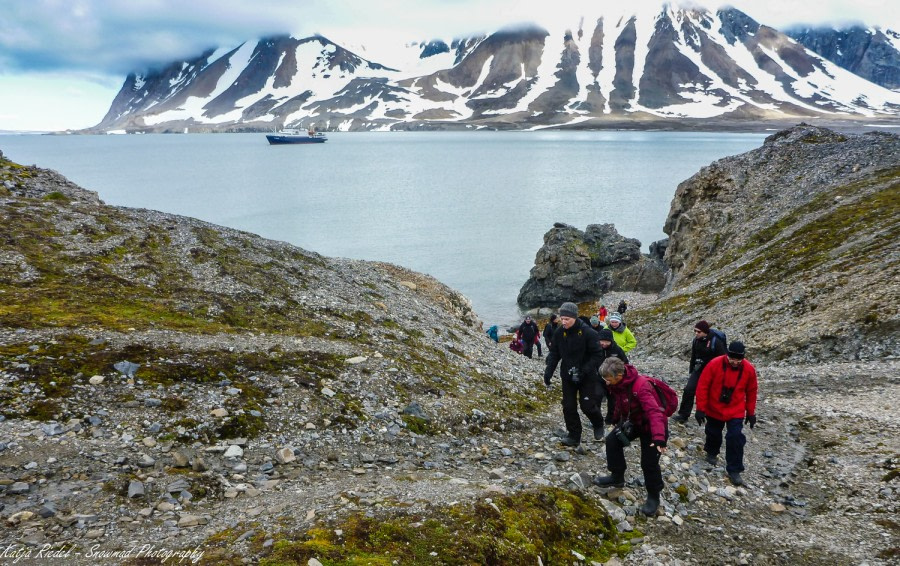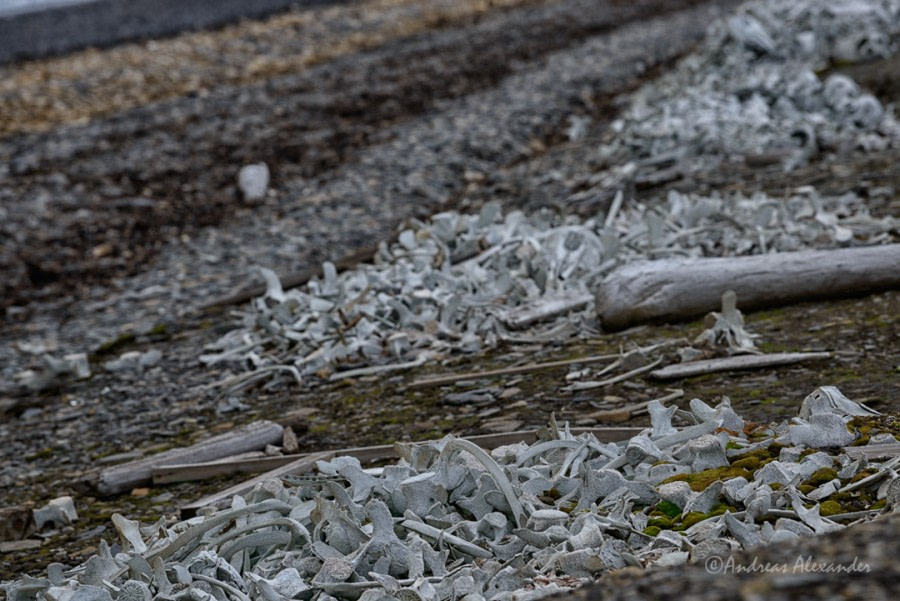| Fecha: | 06.07.2018 |
| Posición: | 078°14’N / 015°35’E |
| Viento: | SE 2 |
| Clima: | Good |
| Temperatura del Aire: | +11 |
Longyearbyen, at 78° north, is one of the world’s most northerly settlements. It was founded as a coal mining settlement but it has developed into a thriving town of around 2,000 residents who live and work here all year round. During the summer months this number swells with the arrival of thousands of visitors on cruise ships. A few of us had arrived in Longyearbyen a day early and had the opportunity to explore the town and maybe to take a day trip into the surrounding areas. Many of us arrived just this afternoon, and we were met by Tanya and Mike at the airport. We had a few hours to visit and explore the town before making our way to the port to join our ship Plancius. We made our way to the floating pontoon and we were met by Katja and Anke and Adam, who helped us with our luggage and gave us a quick introduction to travelling by Zodiac and a demonstration of how to put on the lifejackets. It was just a short boat ride into Adventfjorden to meet Plancius, which was lying at anchor out in the bay. It was an easy ride to the ship and it allowed us to become familiar with the Zodiacs which will be taking us to and from the shore over the coming days. From the gangway we were shown to Reception where DJ, our Hotel Manager and his assistant Gabor checked us in and we were shown to our cabins by the very welcoming hotel staff. We found our luggage waiting for us outside our rooms. We had some time to familiarise ourselves with our cabin before we were called to the Lounge for the mandatory safety briefing which was given by our 3rd Officer Luis Oroceo. This gave us all the information we needed about safety on board the ship and prepared us for the lifeboat drill that was to follow. We heard the abandon ship alarm and gathered at the muster station, the Lounge, wearing our big orange life jackets, the only time we hope to be wearing them. After the roll call we were taken out to the lifeboats to see where they were located and how we would embark if required. We then had a chance to explore the ship and to check out the many different viewing areas. Out on deck we found that the Plancius had quietly weighed anchor and was cruising out of Isfjord heading northwest, straight into the evening sun, for the start of our Arctic adventure. We met in the Lounge once again and had a briefing from our Hotel Manager, DJ who explained some of the procedures on board Plancius, our home for the week. The hotel staff served us champagne and canapes before we met with our Captain Evgeny Levakov who explained a little bit about our forthcoming trip. We then had a chance to meet our Expedition Team who will be guiding us during our voyage here on Svalbard. We have an international team on board with a wealth of experience both here in the Arctic and Antarctica. Our Expedition Leader, Beau Pruneau, gave us an outline of our plans for the coming days. The first destination was to be 14 Julibukta, in the north east of Svalbard. It was then time for dinner, and a chance to meet with our fellow passengers. With 24 hours of daylight many of us enjoyed some time out on deck with some sunshine and a brisk Arctic breeze, we spotted Fulmars, Guillemots, and Kittiwakes. It was a very pleasant evening on board.
